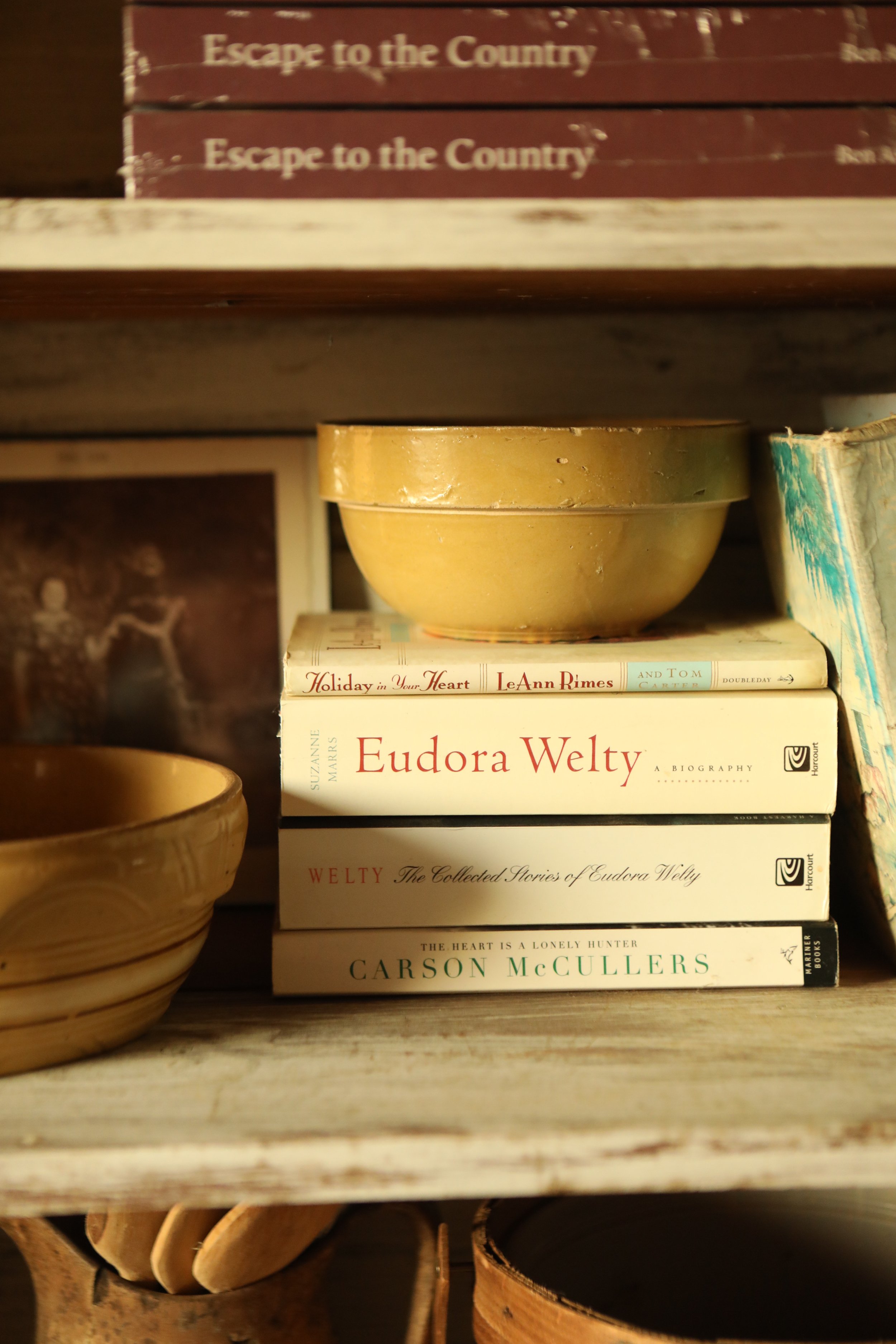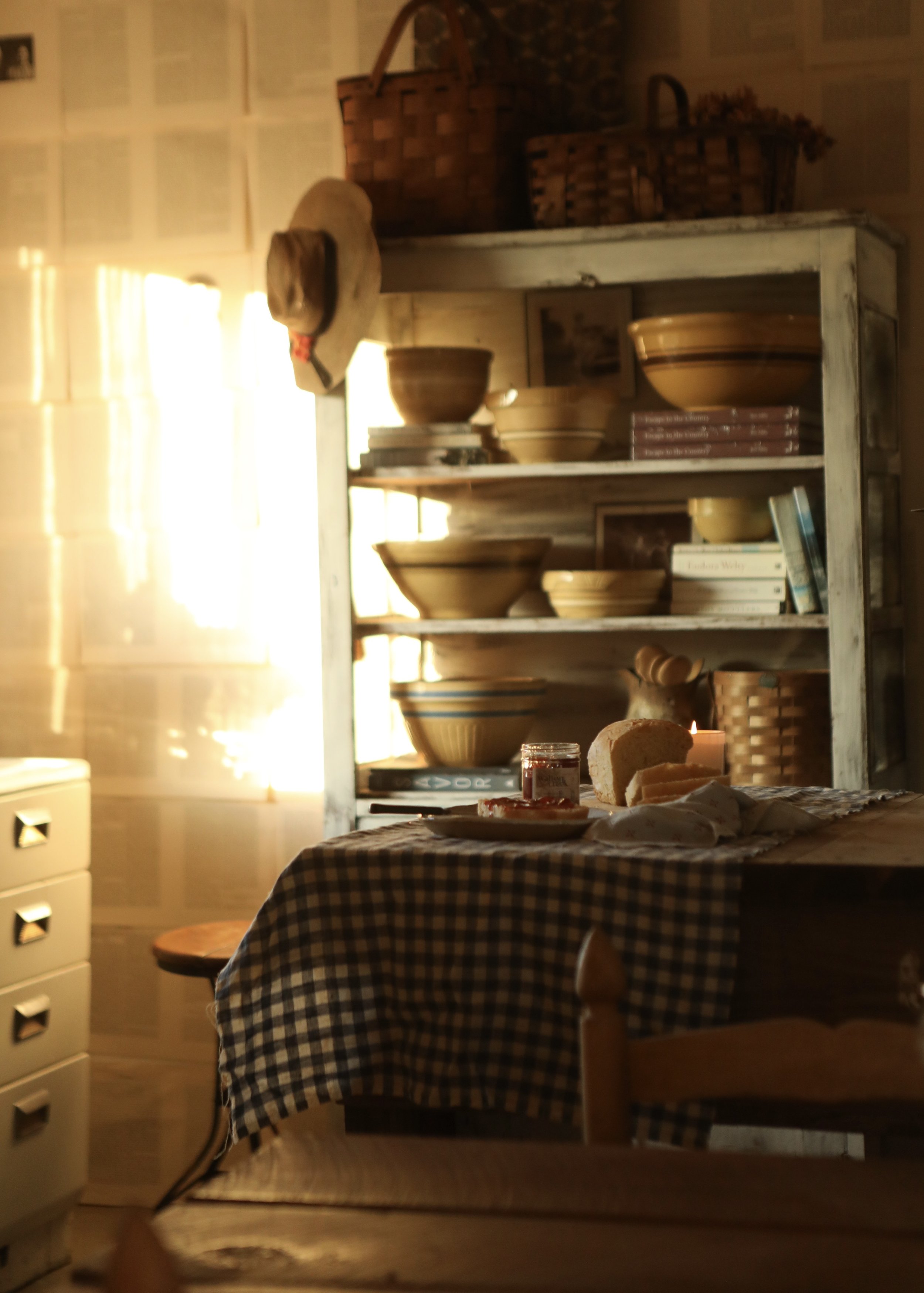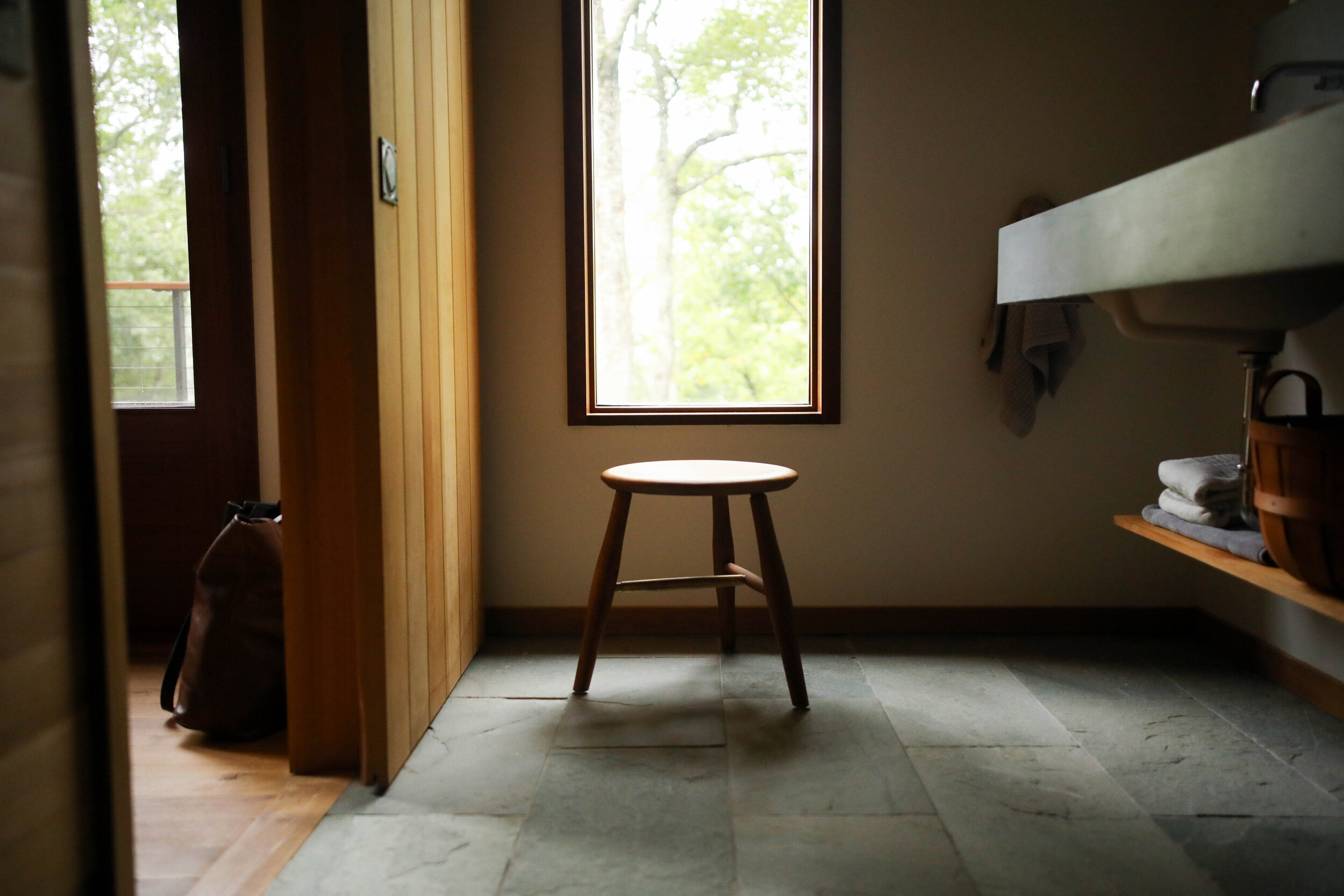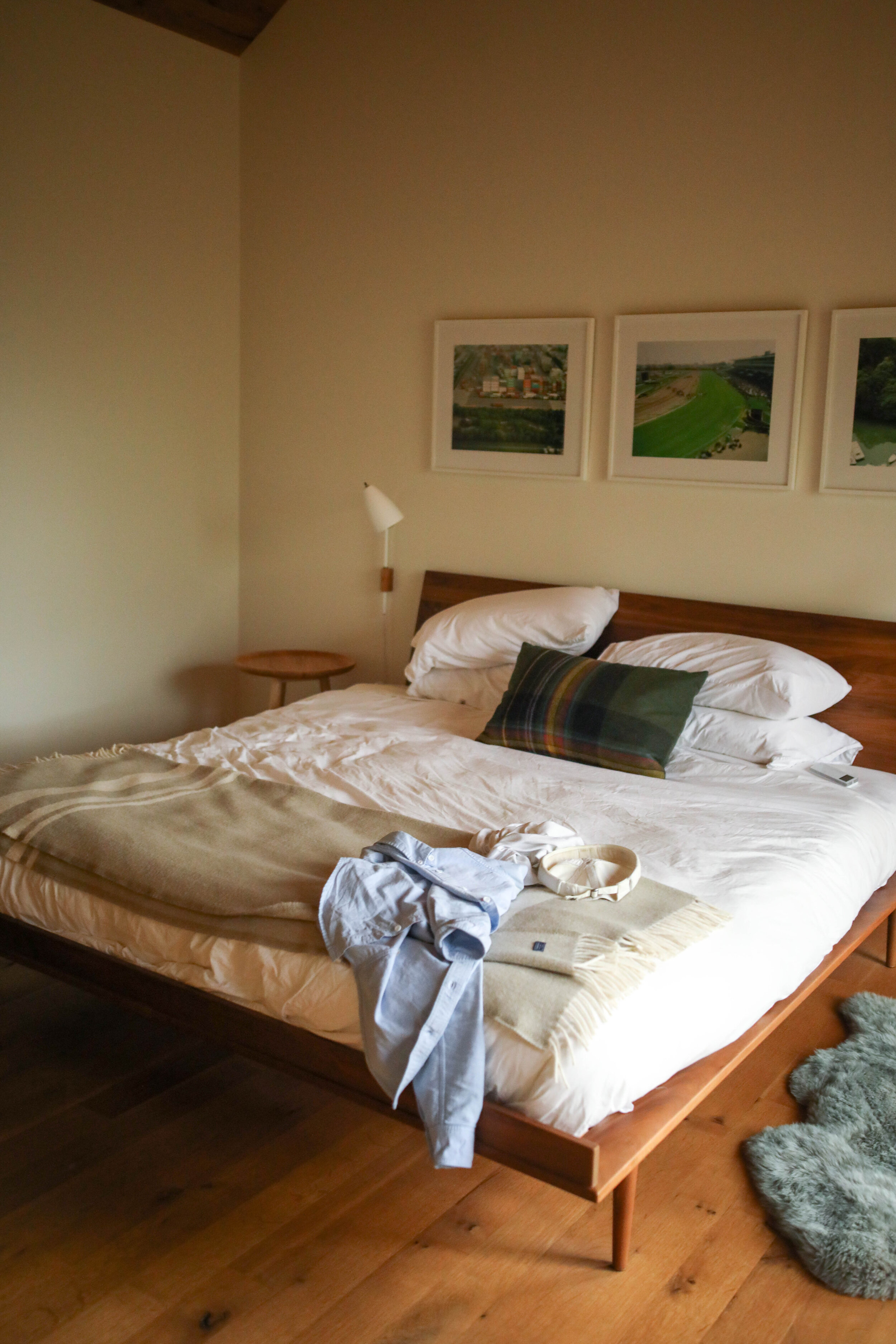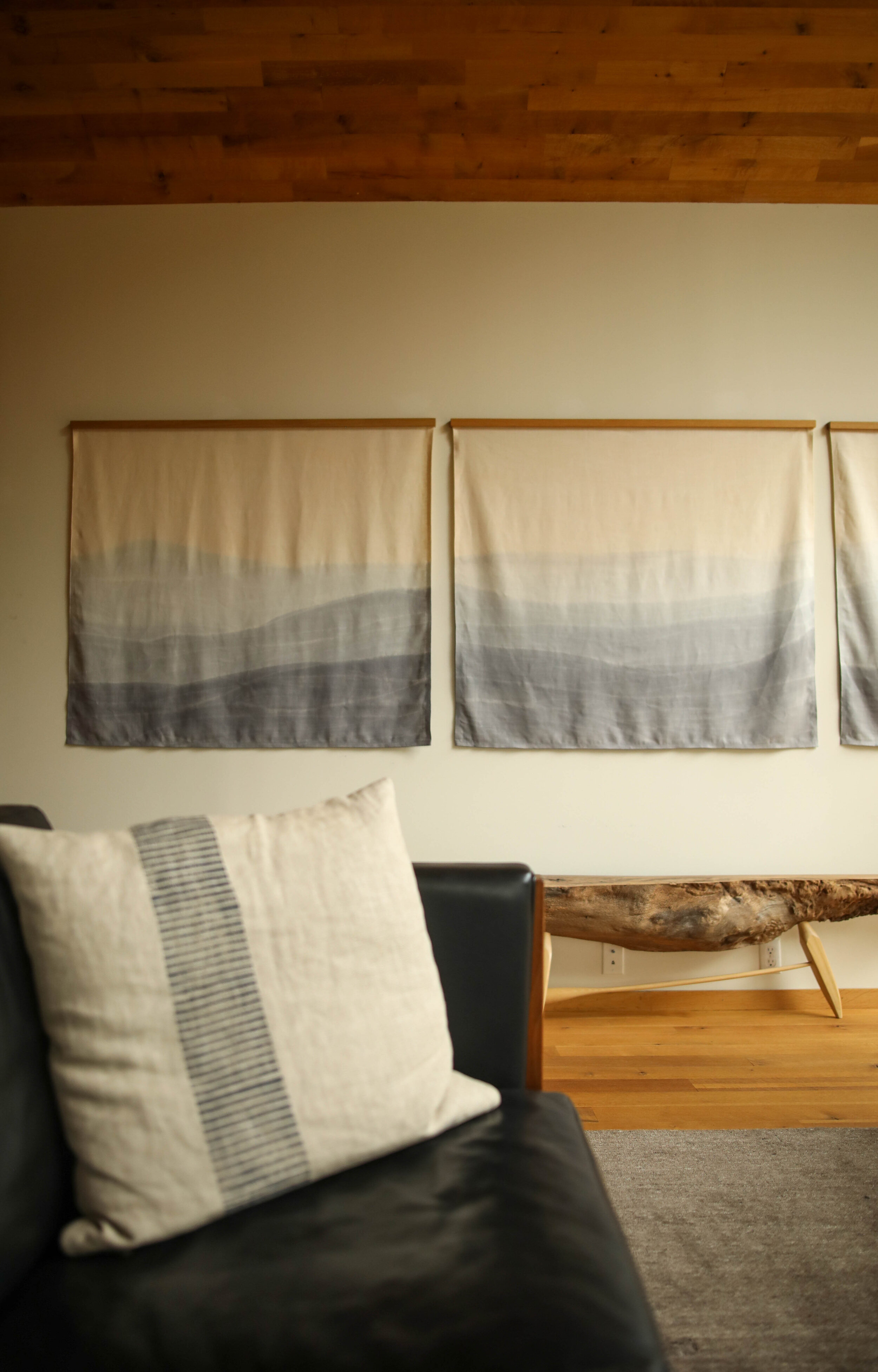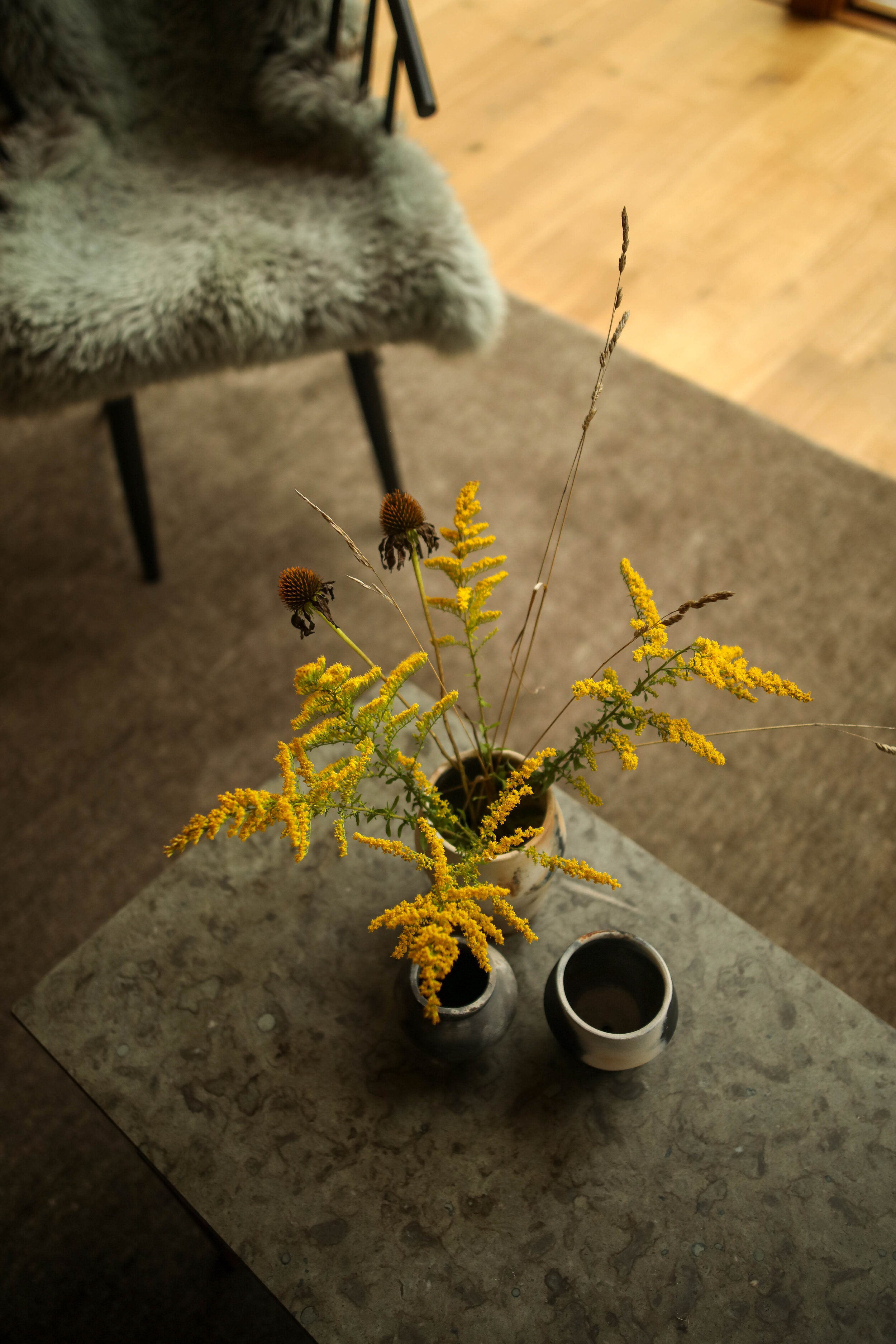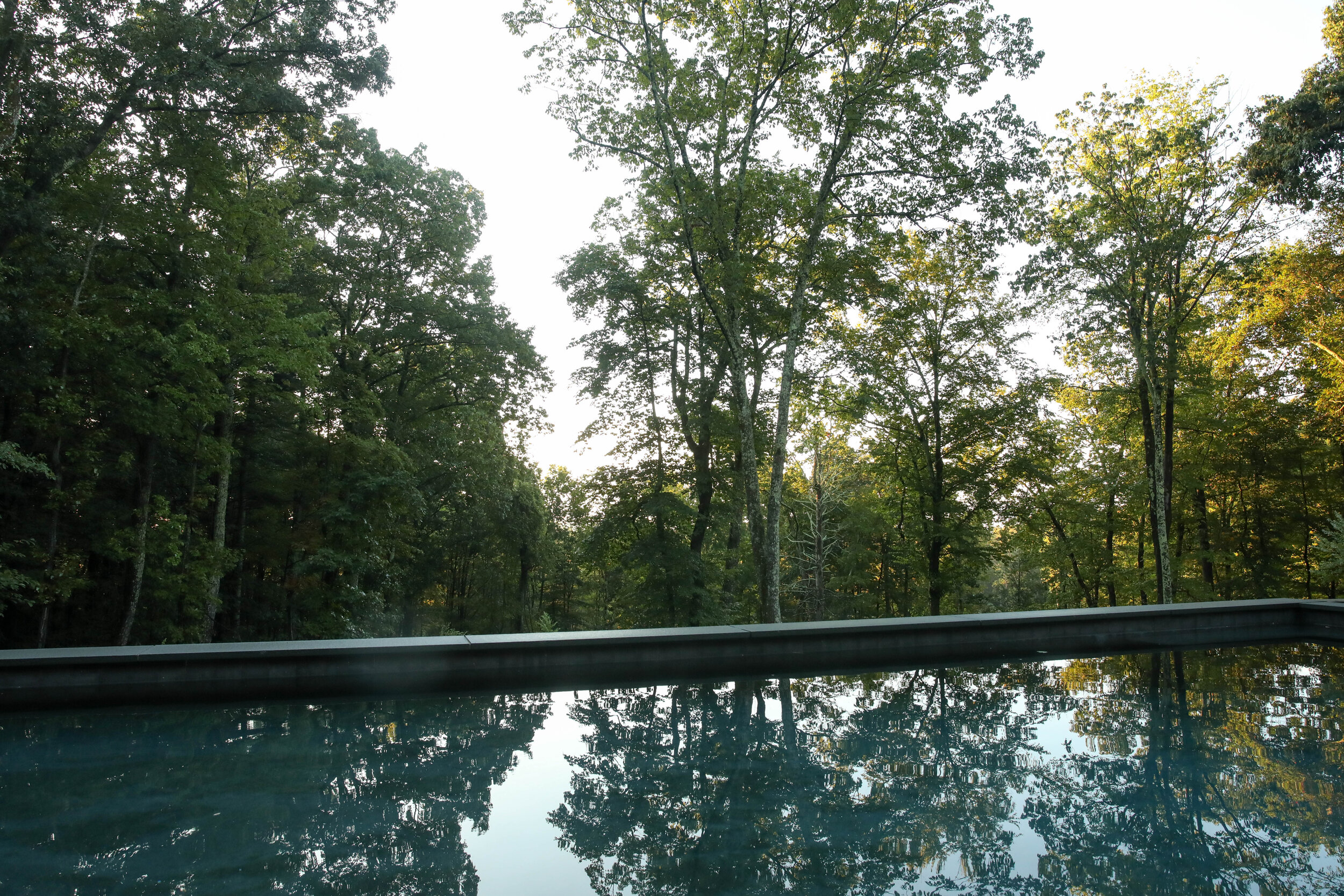The Enduring Legacy of Yellowware Pottery: A Journey Through Time
Ben Ashby
Yellowware, a type of utilitarian pottery known for its distinctive yellow-hued glaze, has a rich history that spans centuries. Sometime in 2022 I started collecting yellowware without realizing it would become a collection. By the Christmas of 2023 I had a pie safe full.
1. Origins and Historical Background:
Earthenware Roots: Yellowware finds its roots in the late 18th century, emerging as an evolution of earlier earthenware traditions. Early American potters sought to create a durable, affordable alternative to more expensive ceramics.
Colonial America: The popularity of yellowware surged in the United States during the 19th century, particularly during the Colonial Revival period. American potters drew inspiration from European ceramics but put a distinctive twist on the designs.
2. Characteristics of Yellowware:
Yellow Glaze: The defining feature of yellowware is its vibrant yellow glaze, achieved through the use of natural oxides, often derived from iron. The intensity of the yellow hue can vary, ranging from pale buttery tones to deep mustard shades.
Salt-Glazing Technique: Many early examples of yellowware were salt-glazed, a process where salt is introduced into the kiln during firing, creating a unique surface texture and enhancing the pottery's durability.
Simple Forms: Yellowware pieces typically feature simple, functional forms. Common items include mixing bowls, pitchers, mugs, and various kitchen utensils. The simplicity of design reflects the utilitarian nature of these pieces.
3. Utilitarian Use in American Homes:
Kitchenware: Yellowware gained popularity as everyday kitchenware in American homes. Its affordability and durability made it accessible to a broad range of households, and its distinct appearance added a touch of warmth to kitchens.
Variety of Shapes and Sizes: From nested mixing bowls to pitchers with embossed patterns, yellowware came in a variety of shapes and sizes, catering to different culinary and household needs.
4. Collectibility and Rarity:
Collector's Items: Over time, yellowware has become highly collectible. Antique enthusiasts and collectors appreciate the historical significance, craftsmanship, and visual appeal of these pottery pieces.
Rarity and Valuation: Certain variations, such as those with intricate patterns or unusual forms, are rarer and more valuable. Collectors often seek out these unique pieces to add to their collections.
5. Preservation and Restoration:
Challenges of Preservation: The fragility of yellowware poses challenges for preservation. Collectors and museums must handle these artifacts with care to prevent damage to the delicate glaze and forms.
Restoration Efforts: Skilled conservators work to restore damaged yellowware pieces, carefully addressing issues like cracks, chips, or glaze loss. These efforts aim to ensure that these historical artifacts can be appreciated for generations to come.
6. Contemporary Appreciation and Revival:
Artistic Inspiration: Contemporary potters draw inspiration from the aesthetics of yellowware, incorporating its warm tones and simple designs into modern ceramic creations.
Revival in Home Decor: The nostalgic charm of yellowware has led to a revival in home decor. Reproduction pieces, inspired by traditional yellowware, can be found in homes, creating a bridge between the past and present.
Yellowware pottery, with its distinctive yellow glaze and utilitarian roots, stands as a testament to the ingenuity of American potters and the enduring appeal of simple, functional design. From its humble origins in Colonial America to its status as sought-after collector's items, yellowware pieces continue to evoke a sense of history and charm. As these artifacts find new life in contemporary homes, the legacy of yellowware lives on, connecting generations through the shared appreciation of a timeless and vibrant ceramic tradition.



